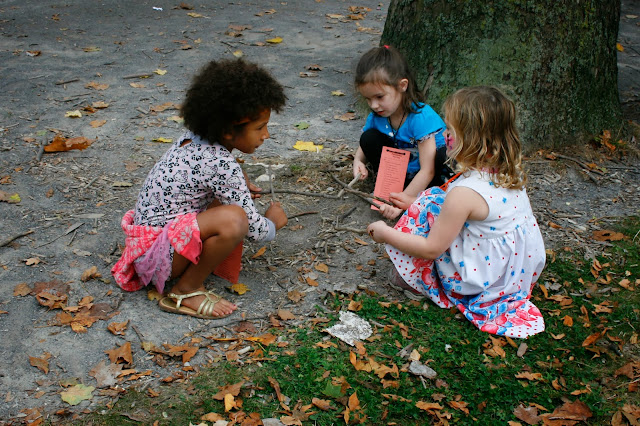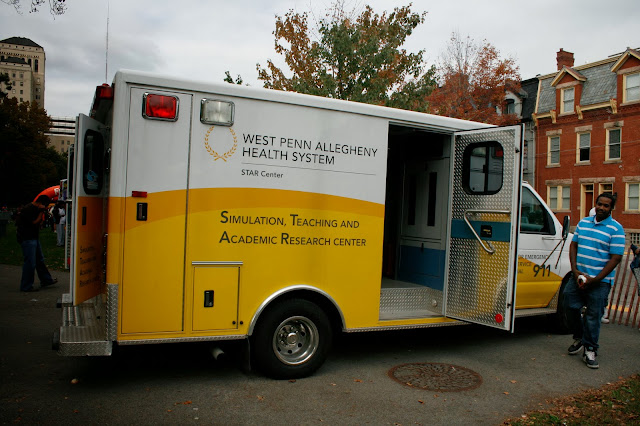Think of your neighborhood. Think about what is good and bad. Look at the market rates and start figuring out smart ways to invest. Then be awarded with a grant from the Pittsburgh Partnership for Neighborhood Development. Wait a minute, are you living in Garfield?
I was thrilled to learn about this great idea that CityLab came up with.
From their website:
<<cityLAB believes that building small houses could make a big impact, and we will begin studying how to bring Tiny Houses to Garfield in late 2013. The idea of Tiny Houses was one outcome of our 2011 6% Place book, which examined how Garfield and Garfield residents could benefit from a systematic effort to grow the neighborhood’s creative capital and attract new residents. cityLAB has recently been awarded a grant by the Pittsburgh Partnership for Neighborhood Development to bring this idea to fruition.>>Thus, a brainstorming session, open to the public, was organized for December 3rd 2013, at the Assemble Gallery. CityLab organized the event as a workshop in which resident in Garfield and anyone interested in tiny houses could express ideas, concerns and desires about the subject.
The workshop, attended by many people (almost too many, for the space, but the theme was really appealing) was divide in three intuitive exercises. In the first, we had to fill a questionnaire, and possibly add comments, regarding the matter of "living small". We where assuming a space which is around or less 1000 SF, but there are no established rules, and very little precedents. We were asked questions regarding which density we would like around us, which public services we would prefer, near our place. But also: need of parking, or shared services, or needs for a vibrant community of other tiny houses vs a in-fill strategy, with our tiny house compressed between existing buildings, way bigger.
I was thrilled to learn about this great idea that CityLab came up with.
From their website:
<<cityLAB believes that building small houses could make a big impact, and we will begin studying how to bring Tiny Houses to Garfield in late 2013. The idea of Tiny Houses was one outcome of our 2011 6% Place book, which examined how Garfield and Garfield residents could benefit from a systematic effort to grow the neighborhood’s creative capital and attract new residents. cityLAB has recently been awarded a grant by the Pittsburgh Partnership for Neighborhood Development to bring this idea to fruition.>>Thus, a brainstorming session, open to the public, was organized for December 3rd 2013, at the Assemble Gallery. CityLab organized the event as a workshop in which resident in Garfield and anyone interested in tiny houses could express ideas, concerns and desires about the subject.
(above: one of the slides presented at the brainstorming session, on Dec. 3rd 2013)
The second exercise was more involving. We were given 12 stickers in shape of stars, and a sheet with different possibilities to spend our stars. Many ideas had different "prices", according to the space, the facilities, the things we wanted to put in a house. This was to understand the must of a tiny house, according to us. What you can and cannot renounce to.
The third was definitely hands-on, and it was interesting to see how, despite the big number of participants and the little available space, people really produced great results. We were given scissors, glue, and sheets full of photos. We had to invent a sort of article for a magazine, imagining that our tiny house should have been the cover story of that. We had to come up with a title, tag line and lede (great word find out by Dutch MacDonald, from MAYA design, who was leading the experiment and workshop). Then, we had to select our photos according to the things or features we would like to see in our tiny house. This was a great way to collect data, involving people in finding and expressing their ideas.
Dutch, leading the workshop, from the top of a ladder!
Check their website, to learn more about others Garfield-based projects and experiments!
And here to learn more about the Tiny Houses Movement.




















































